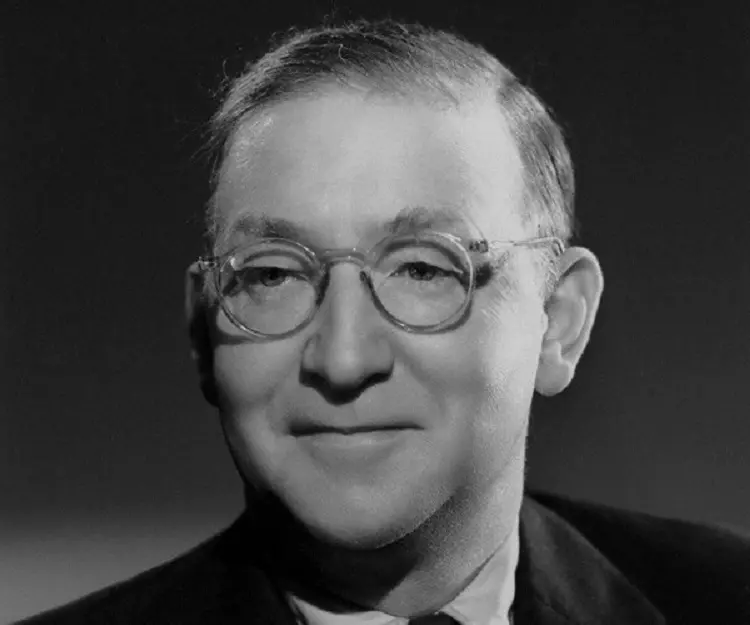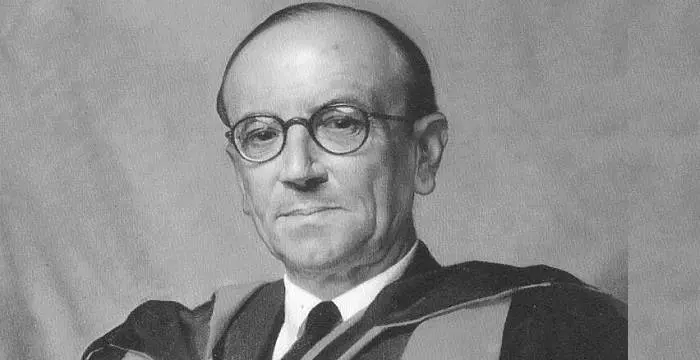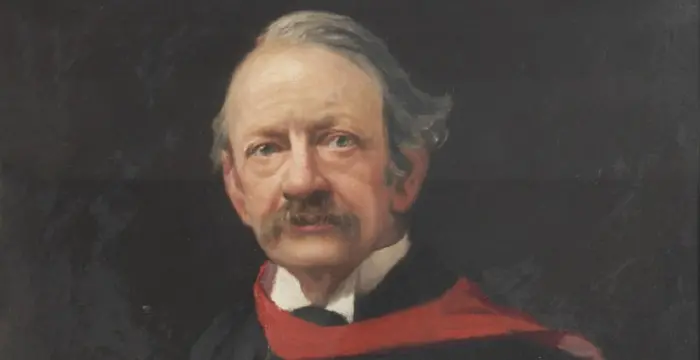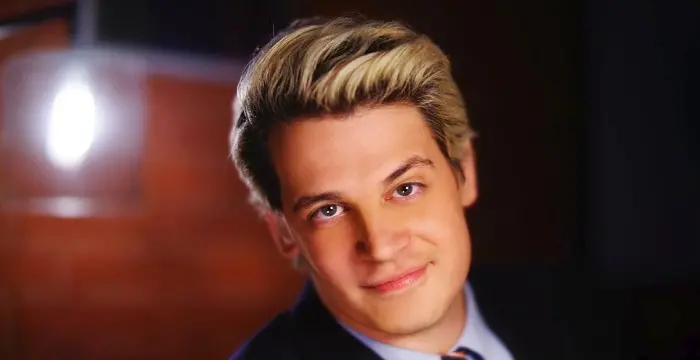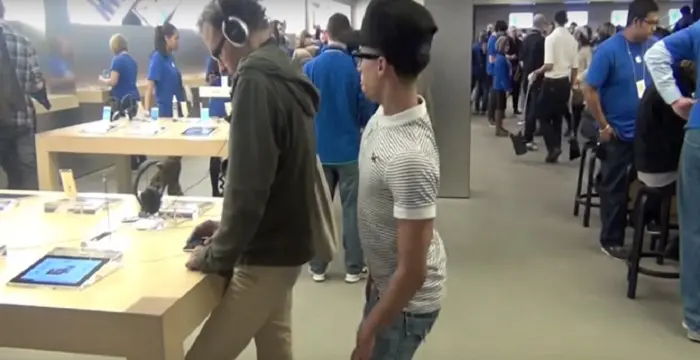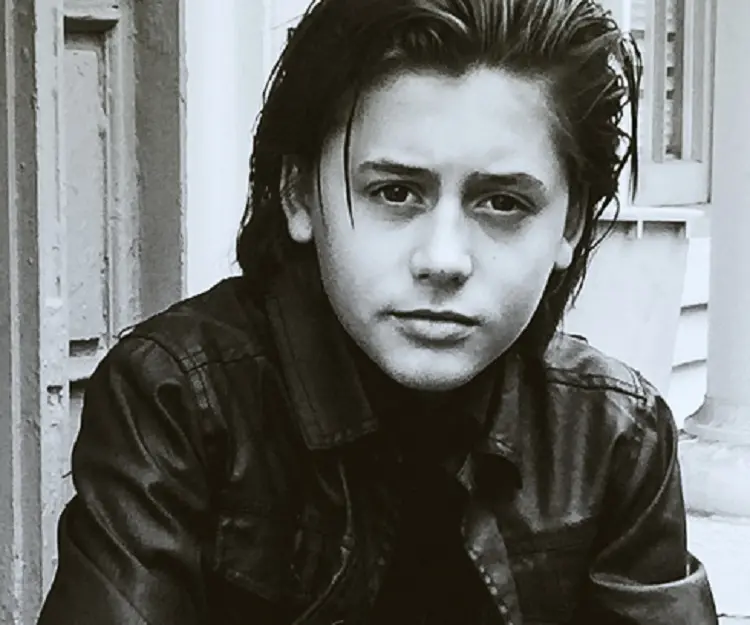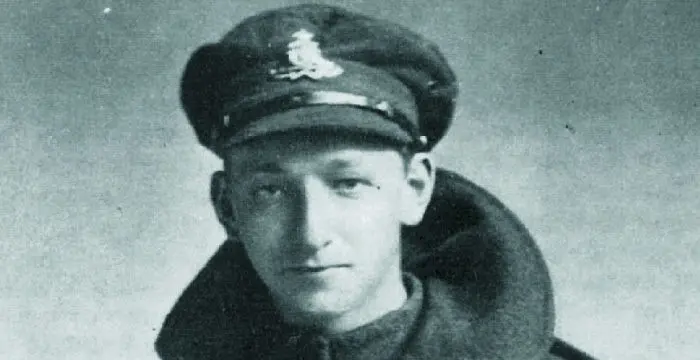
John Cockcroft - Physicists, Family and Childhood
John Cockcroft's Personal Details
John Cockcroft was a British Physicist who shared the 1951 Nobel Prize in Physics with Ernest Walton for their work on splitting the atomic nucleus
| Information | Detail |
|---|---|
| Birthday | May 27, 1897 |
| Died on | September 18, 1967 |
| Nationality | British |
| Famous | University Of Manchester, Scientists, Physicists |
| Known as | Sir John Douglas Cockcroft |
| Universities |
|
| Notable Alumnis |
|
| Birth Place | Todmorden |
| Religion | Christianity |
| Gender | Male |
| Sun Sign | Gemini |
| Born in | Todmorden |
| Famous as | Physicist |
| Died at Age | 70 |
// Famous Physicists
Henry Cavendish
Henry Cavendish was a theoretical chemist and physicist, renowned for discovery of hydrogen and calculation of the mass of earth. To know more about his childhood, profile, timeline and career read on
Walter Kohn
Nobel Laureate Walter Kohn was an Austrian-born American theoretical chemist and physicist. Check out this biography to know about his childhood, life, achievements, works & timeline.
Nikola Tesla
Nikola Tesla was a Serbian-American inventor, best known for his development of alternating current electrical systems. This biography of Nikola Tesla provides detailed information about his childhood, life, achievements, works & timeline.
John Cockcroft's photo
Who is John Cockcroft?
John Cockcroft was a British Physicist who shared the 1951 Nobel Prize in Physics with Ernest Walton for their work on splitting the atomic nucleus. Born in a family of cotton mill owners, he was a good student and chose to pursue scientific research. After having completed his school education, he started studying mathematics in Manchester University but he had to cut it short in order to contribute towards the war effort during the First World War. After the end of the war, he resumed his studies and studied electrical engineering at the College of Technology under Miles Walker. Thereafter, he took the Mathematical Tripos and then worked under Lord Rutherford in the Cavendish Laboratory. During his stint at the Cavendish Laboratory, he collaborated with another research scholar, Ernest Walton, and together they succeeded in transmuting lithium and boron by high energy protons. Their research was instrumental in the development of nuclear power. Subsequently, he went on to head the Canadian Atomic Energy project as well as the Atomic Energy Research Establishment. Throughout his career, Cockcroft worked in a variety of capacities for both his government and is understandably regarded as one of the most important figures in atomic research in the United Kingdom. Understandably, he won plenty of accolades for his stellar scientific career.
// Famous Scientists
Juliane Koepcke
Juliane Koepcke is a German-Peruvian biologist, who was the lone survivor among the 92 passengers and crew of the ill-fated LANSA Flight 508 that crashed in the Peruvian rainforest on 24 December 1971. Know more about her life in this biography.
Henry Cavendish
Henry Cavendish was a theoretical chemist and physicist, renowned for discovery of hydrogen and calculation of the mass of earth. To know more about his childhood, profile, timeline and career read on
Konstantin Tsiolkovsky
Konstantin Tsiolkovsky was a Russian rocket scientist and a pioneer of astronautics. This biography provides detailed information about his childhood, family, personal life, career, achievements, etc.
Childhood & Early Life
John Douglas Cockcroft was born on 27 May 1897, in Todmorden, England, to John Arthur Cockcroft and his wife Annie Marie Cockcroft. His father, like his ancestors, was the owner of a cotton mill. John Cockcroft had three brothers.
He attended the Todmorden Secondary School in his home town for a period of five years starting from 1909. At that school, he was taught by Luke Sutcliffe, a teacher of physics at the school who also went on to teach Nobel Laureate Geoffrey Wilkinson.
In 1914, he enrolled in Manchester University to study mathematics but after a year he had to contribute towards the war effort in relation to the First World War. He served in the capacity of a signaller at the Royal Field Artillery and returned only after he had rendered services for three years.
In 1918, he returned to Manchester after serving in the Royal Field Artillery and the following year enrolled in the University of Manchester Institute of Science and Technology to study electrical engineering. After studying engineering for a year, he did an apprenticeship at Metropolitan Vickers Electrical Company.
Career
John Cockcroft won the prestigious 1851 Exhibition Scholarship awarded by the Royal Commission for the Exhibition of 1851 and went to study at St John’s College, University of Cambridge.
He studied mathematics and in 1924, took the Mathematical Tripos. Subsequently, he started working under Lord Rutherford at the Cavendish Laboratory.
In 1928, he started working on a series of experiments on acceleration of protons by high voltages. Soon, he was joined by another researcher Ernest Walton.
His experiments, in collaboration with Walton, on splitting the nucleus of an atom with the help of bombardments with protons were successful and in 1932 they demonstrated the phenomenon by performing the experiments on lithium atoms. Their experiments confirmed the existing theories on the theories on atomic structure and also showed that the nucleus of an atom could be changed in the laboratory.
He continued his research on the splitting of atoms and in 1933 he was successful in producing radioactivity with the aid of protons. In the same year, he conducted a thorough research on the different sorts of transmutations that protons and deuterons can produce. The following year was appointed as the head of the Royal Society Mond Laboratory in Cambridge.
Following the breakout of the Second World War, he was appointed as the Assistant Director of Scientific Research at the Ministry of Supply in 1939 and primarily worked on radars and air defence issues. In 1940, he went to the United States as one of the delegates for the Tizard Mission. Subsequently he was made the Head of the Air Defence Research and Development Establishment.
He became the head of the Canadian Atomic Energy project in 1944 and also became the Director of both Montreal Laboratory as well as Chalk River Laboratories. In 1946, he returned to England and became the Director of the Atomic Energy Research Establishment, Harwell.
From 1954 to 1959, he worked as a scientific researcher at the U.K. Atomic Energy Authority and even after that five year stint was over, he continued work in the capacity of a part time researcher. Following the end of his tenure as a full time researcher at the U.K. Atomic Energy Authority, he was made the Master of Churchill College at University of Cambridge following an election.
Major Works
His most significant work in a career that saw him hold many responsible positions in the scientific sphere is without doubt the series of experiments with Walton that successfully split the nucleus of atoms. He shared the Nobel Prize for the same.
Awards & Achievements
He was awarded the Hughes Medal in 1938.
In 1951, John Crockcroft shared the Nobel Prize in Physics with Ernest Walton for their experiments on atom splitting.
He was awarded the Royal Medal in 1954.
He won the Faraday Medal in 1955.
Personal Life & Legacy
John Cockcroft married Eunice Elizabeth Crabtree in 1925. The couple had five children; four daughters and a son.
He died on 18 September 1967, at the age of 70, in Cambridge, England.
// Famous University Of Manchester
James Chadwick
Sir James Chadwick CH was an English physicist, who won the 1935 Nobel Prize in Physics for his discovery of neutron. Check out this biography to know about his childhood, life, achievements, works & timeline.
J. J. Thomson
J.J. Thomson was an English physicist and mathematician. This biography profiles his childhood, life, academic career, research and timeline.
Milo Yiannopoulos
Milo Yiannopoulos is a British technology journalist. Let’s have a look at his family, personal life, career, achievements, controversies, and some facts.
John Cockcroft's awards
| Year | Name | Award |
|---|---|---|
Other | ||
| 1955 | Faraday Medal | |
| 1961 | Atoms for Peace Award | |
| 1958 | Niels Bohr International Gold Medal | |
| 0 | 1951 - Nobel Prize in Physics | |
| 0 | 1938 - Hughes Medal | |
| 0 | Royal Medal | |
John Cockcroft biography timelines
- // 1851John Cockcroft won the prestigious 1851 Exhibition Scholarship awarded by the Royal Commission for the Exhibition of 1851 and went to study at St John’s College, University of Cambridge.
- // 27th May 1897John Douglas Cockcroft was born on 27 May 1897, in Todmorden, England, to John Arthur Cockcroft and his wife Annie Marie Cockcroft. His father, like his ancestors, was the owner of a cotton mill. John Cockcroft had three brothers.
- // 1909He attended the Todmorden Secondary School in his home town for a period of five years starting from 1909. At that school, he was taught by Luke Sutcliffe, a teacher of physics at the school who also went on to teach Nobel Laureate Geoffrey Wilkinson.
- // 1914In 1914, he enrolled in Manchester University to study mathematics but after a year he had to contribute towards the war effort in relation to the First World War. He served in the capacity of a signaller at the Royal Field Artillery and returned only after he had rendered services for three years.
- // 1918In 1918, he returned to Manchester after serving in the Royal Field Artillery and the following year enrolled in the University of Manchester Institute of Science and Technology to study electrical engineering. After studying engineering for a year, he did an apprenticeship at Metropolitan Vickers Electrical Company.
- // 1924He studied mathematics and in 1924, took the Mathematical Tripos. Subsequently, he started working under Lord Rutherford at the Cavendish Laboratory.
- // 1925John Cockcroft married Eunice Elizabeth Crabtree in 1925. The couple had five children; four daughters and a son.
- // 1928In 1928, he started working on a series of experiments on acceleration of protons by high voltages. Soon, he was joined by another researcher Ernest Walton.
- // 1932His experiments, in collaboration with Walton, on splitting the nucleus of an atom with the help of bombardments with protons were successful and in 1932 they demonstrated the phenomenon by performing the experiments on lithium atoms. Their experiments confirmed the existing theories on the theories on atomic structure and also showed that the nucleus of an atom could be changed in the laboratory.
- // 1933He continued his research on the splitting of atoms and in 1933 he was successful in producing radioactivity with the aid of protons. In the same year, he conducted a thorough research on the different sorts of transmutations that protons and deuterons can produce. The following year was appointed as the head of the Royal Society Mond Laboratory in Cambridge.
- // 1938He was awarded the Hughes Medal in 1938.
- // 1939 To 1940Following the breakout of the Second World War, he was appointed as the Assistant Director of Scientific Research at the Ministry of Supply in 1939 and primarily worked on radars and air defence issues. In 1940, he went to the United States as one of the delegates for the Tizard Mission. Subsequently he was made the Head of the Air Defence Research and Development Establishment.
- // 1944 To 1946He became the head of the Canadian Atomic Energy project in 1944 and also became the Director of both Montreal Laboratory as well as Chalk River Laboratories. In 1946, he returned to England and became the Director of the Atomic Energy Research Establishment, Harwell.
- // 1951In 1951, John Crockcroft shared the Nobel Prize in Physics with Ernest Walton for their experiments on atom splitting.
- // 1954 To 1959From 1954 to 1959, he worked as a scientific researcher at the U.K. Atomic Energy Authority and even after that five year stint was over, he continued work in the capacity of a part time researcher. Following the end of his tenure as a full time researcher at the U.K. Atomic Energy Authority, he was made the Master of Churchill College at University of Cambridge following an election.
- // 1954He was awarded the Royal Medal in 1954.
- // 1955He won the Faraday Medal in 1955.
- // 18th Sep 1967He died on 18 September 1967, at the age of 70, in Cambridge, England.
// Famous Gemini Celebrities peoples
Wentworth Miller
Wentworth Miller is an American actor and screenwriter who achieved recognition for his role in the TV series ‘Prison Break’.
Joyce Meyer
Joyce Meyer is a Christian author and speaker. This biography provides detailed information about her childhood, life, achievements, works & timeline
Zoe LaVerne
Zoe LaVerne is an American musical.ly star. Check out this biography to know more about her family, personal life, including her age, birthday, etc.
WolfieRaps
Check out all that you wanted to know about WolfieRaps, the famous YouTube Personality; his birthday, his family and personal life, his girlfriends, fun trivia facts and more.
Adam Saleh
Check out all that you wanted to know about Adam Saleh, the famous YouTube Personality; his birthday, his family and personal life, his girlfriends, fun trivia facts and more.
Isaak Presley
All about American actor and singer Isaak Presley including his age, birthday, family life, girlfriends, net worth, and some fun facts.
John Cockcroft's FAQ
What is John Cockcroft birthday?
John Cockcroft was born at 1897-05-27
When was John Cockcroft died?
John Cockcroft was died at 1967-09-18
Where was John Cockcroft died?
John Cockcroft was died in Cambridge
Which age was John Cockcroft died?
John Cockcroft was died at age 70
Where is John Cockcroft's birth place?
John Cockcroft was born in Todmorden
What is John Cockcroft nationalities?
John Cockcroft's nationalities is British
What was John Cockcroft universities?
John Cockcroft studied at University Of Manchester, St John's College, Cambridge, University of Manchester Institute of Science and Technology, Victoria University of Manchester, University of Cambridge, University of Manchester
What was John Cockcroft notable alumnis?
John Cockcroft's notable alumnis is University Of Manchester
What is John Cockcroft's religion?
John Cockcroft's religion is Christianity
What is John Cockcroft's sun sign?
John Cockcroft is Gemini
How famous is John Cockcroft?
John Cockcroft is famouse as Physicist



